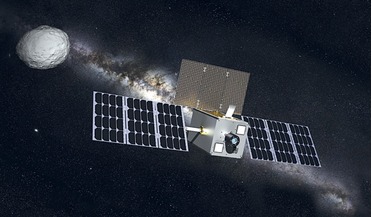 July 2018
The rise of interplanetary CubeSats
July 2018
The rise of interplanetary CubeSats
... less than 50 m/s delta-v to perform minor course corrections as it is dropped off on a flyby trajectory to Mars. Science and exploration missions are possible with flybys, as in the recent Deep Horizons flyby of Pluto. However, in the inner solar...
 May 2019
Cold comfort for astronauts
May 2019
Cold comfort for astronauts
... volume-space. This design philosophy is also driven by resource limitations and sustainability. Today’s human exploration missions primarily revolve around the International Space Station (ISS). The ISS was designed as an international laboratory...
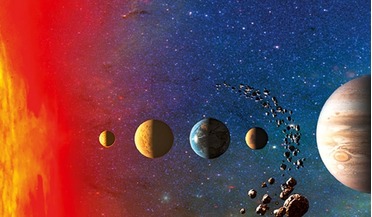 June 2019
The challenge of planetary protection
June 2019
The challenge of planetary protection
... made recommendations on the Phobos/Deimos sample return categorisation regarding the International JAXA-led Martian Moons eXploration mission (MMX). This is an ambitious project that will travel to Mars and survey the red planet’s two moons...
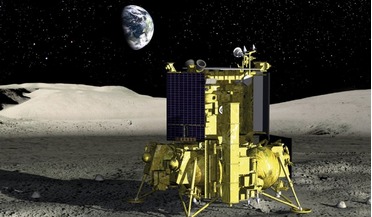 November 2019
PROSPECTing for lunar polar volatiles
November 2019
PROSPECTing for lunar polar volatiles
... ESA Ministerial conference in November 2019, where new budgets for European space activities – including lunar exploration missions – will be allocated. Maximum temperatures of Permanently Shadowed Regions (PSRs) at the Lunar South Pole. Areas never...
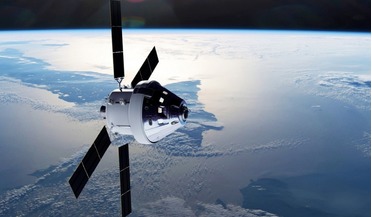 February 2020
Europe’s role in space standardisation
February 2020
Europe’s role in space standardisation
... standards will be the key issue as we introduce autonomous vehicles to Europe’s road networks. Data from ESA’s Earth Explorer missions address scientific questions that help predict the effects of climate change and address scientific questions that...
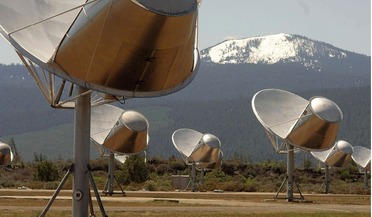 August 2020
Interstellar aspirations
August 2020
Interstellar aspirations
...star system within a generation. To achieve a transit time comparable to current long-term space exploration missions to the outer solar system, the Starshot mission would need to last a few decades at most. This requires a probe to travel about 1000...